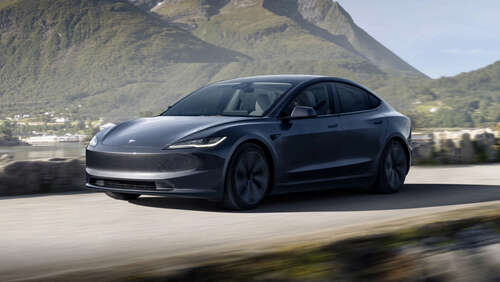
Even though there is no substance that needs to be chemically altered from a liquid to a gas like gasoline, the energy that is being stored in the Tesla’s battery does need to be altered for it to operate the vehicle. There are two different kinds of electrical power: AC and DC (now you know why the band is named that). AC stands for alternating current, which means that the direction of the electrical charge moves back and forth. DC — direct current — flows in one direction. The electricity stored in a Tesla battery is DC power, but the vehicle’s motor requires AC power.
Tesla solves this issue with an inverter that converts DC to AC, providing the power for the vehicle’s induction motor to operate the wheels. In essence, this inverter serves the same function as an engine. A second inverter reverses the process to charge your vehicle, converting the AC power carried in your local power grid to DC power. These are the same kinds of conversions that happen when you charge your laptop or cell phone. At the end of the day, it’s a simple, proven process, and it also happens to leave much less of a carbon footprint than operating a gas-powered vehicle. Now that you know how EVs work, it is just a matter of choosing which Tesla model is best for you, or checking out some of the many other electric vehicles that qualify for the 2024 EV tax credit.

